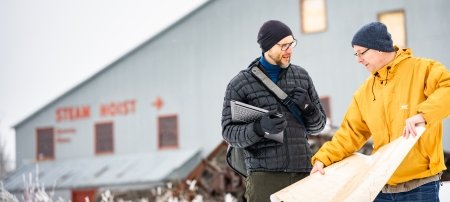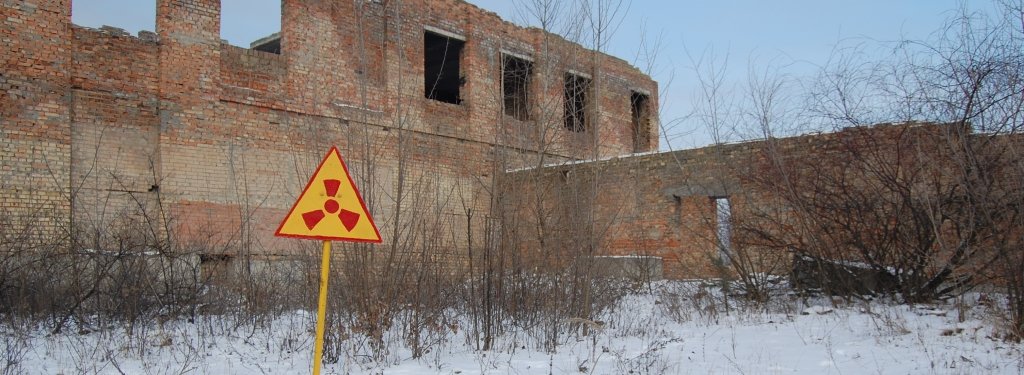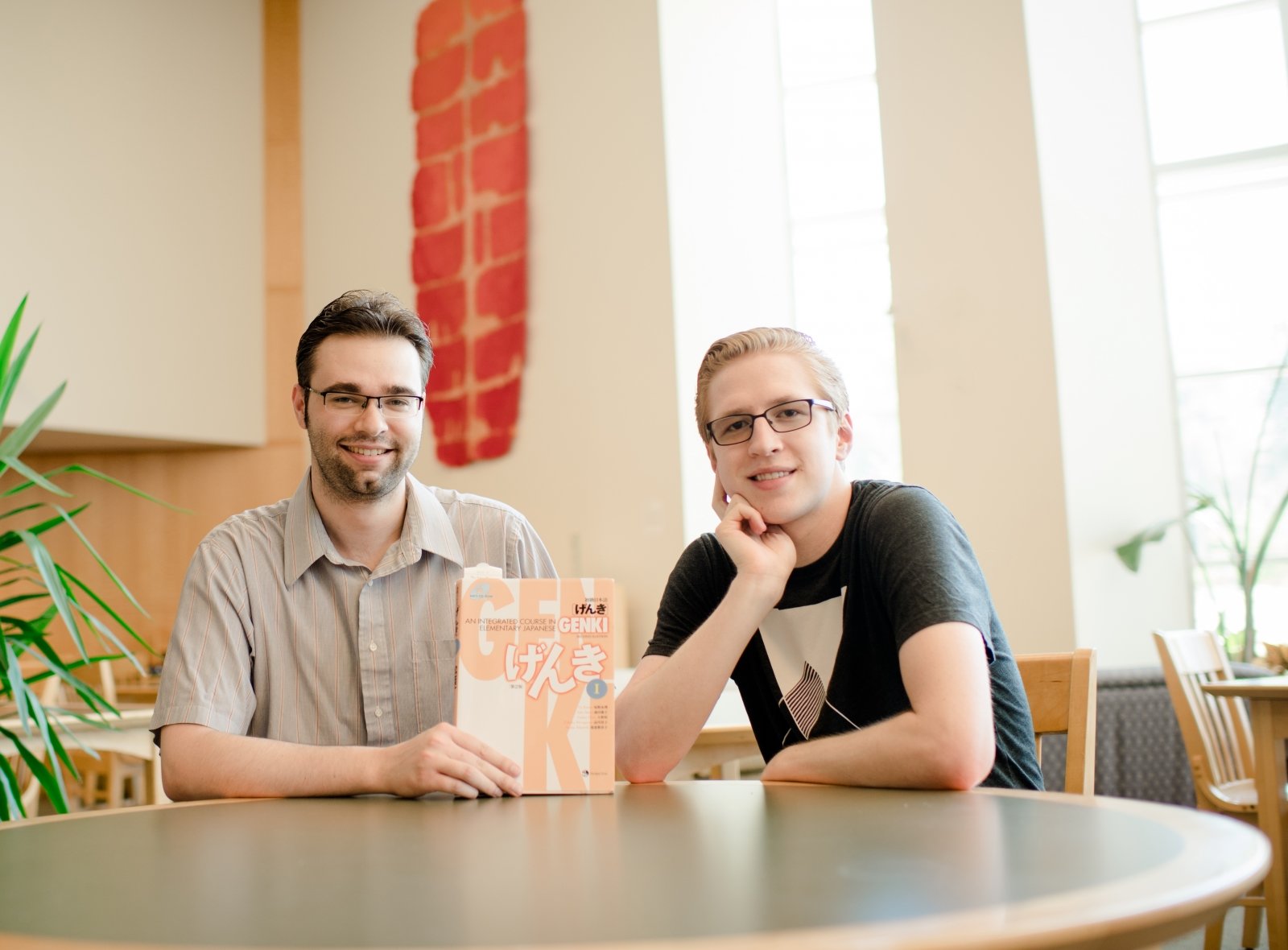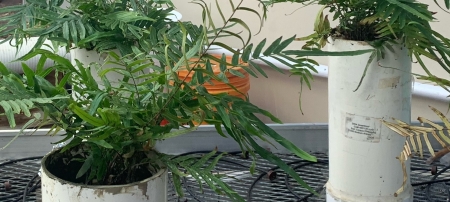Michigan Tech Responds to Japanese Earthquake, Tsunami
Imagine living on the other side of the planet from your home country. Now imagine that your country has just been devastated by one of the worst natural disasters in recent history, and all you can do is watch, frantically following news updates, hoping that all the people you left behind are still alive. This was the reality facing Michigan Tech student Motoyuki Kidokoro and faculty member Kazuya Tajiri following the massive earthquake and tsunami that struck off the coast of northeastern Japan on March 11, 2011.
“Although I did not lose any family or friends in the disaster, I still feel like I lost something big,” says Tajiri, an assistant professor of Mechanical Engineering-Engineering Mechanics from Kumamoto, in southern Japan. Kidokoro, an accounting student from Kawasaki, west of Tokyo, had a friend in Sendai when the quake occurred. “He was missing at first, and I was so worried about him. I was so happy when he was found a week later.”
To help raise money to support relief efforts, Khana Kazana—Michigan Tech’s weekly international food booth in the Memorial Union—served traditional Japanese food on April 1, raising $668.50 . Despite an unseasonable snowstorm, a charity 3K walk and 5K run on Saturday, April 16, raised more than $1,000. The Houghton High School Key Club pitched in by selling T-shirts at the event to benefit Japan.
The devastating earthquake hit Japan at 2:46 PM JST, lasting for 6 minutes. The magnitude, or intensity of the shaking, was initially reported as 7.9, but was quickly upgraded to 8.8 and finally measured at 9.0 on the moment magnitude scale, a successor to the older Richter scale for measuring the energy released by earthquakes. The epicenter was about 19.9 miles deep and 42 miles off the coast of Miyagi prefecture in the northeastern region of the island of Honshu. The major city taking the most damage was Sendai, located 81 miles from the epicenter, but the shaking could be felt as far as Tokyo, almost 200 miles away.
The quake was strong enough to move the island of Honshu eight feet to the east and to shift the earth’s axis about four inches. It is the fifth strongest earthquake recorded since 1900, when methods for accurately measuring the strength of earthquakes were being developed and put into widespread use.
However, the worst was yet to come. Starting just an hour after the shaking stopped, Japan’s east coast was buffeted by a tsunami up to 77 feet high. The massive wall of water reached as far as six miles inland and hit many countries along the Pacific Rim, with 6.6-foot high waves recorded in Chile, across the Pacific Ocean from Japan. For days afterward, strong aftershocks registering magnitudes of 6 or higher continued to shake the stricken coast.
Four nearby nuclear power plants in the Miyagi, Fukushima and Ibaraki prefectures had to be shut down. The Fukushima Dai-Ichi plant sustained the most damage, with three reactors leaking radiation and in danger of partial meltdown. Workers managed to get the facility’s cooling systems back online and stop a reactor from leaking radioactive water, but the clean-up process will continue for a long time.
More than 10,000 people have been confirmed dead; at least 17,000 are unaccounted-for, and close to 500,000 more had to be evacuated, making the 2011 earthquake the second largest natural disaster in Japanese history.
Sympathy, hope and donations continue to pour in from around the world as the country struggles to regain its footing. Most of the donations are through the American Red Cross, which raised $10 million in the first week alone, but many other organizations are accepting donations for relief efforts, ranging from UNICEF to Humane Society International.
“It will take years to rebuild the communities affected by these disasters,” says Tajiri, “So I’d like to ask for Tech’s continued support through the recovery process.”
Michigan Technological University is an R1 public research university founded in 1885 in Houghton, and is home to nearly 7,500 students from more than 60 countries around the world. Consistently ranked among the best universities in the country for return on investment, Michigan's flagship technological university offers more than 185 undergraduate and graduate degree programs in science and technology, engineering, computing, forestry, business, health professions, humanities, mathematics, social sciences, and the arts. The rural campus is situated just miles from Lake Superior in Michigan's Upper Peninsula, offering year-round opportunities for outdoor adventure.




Comments